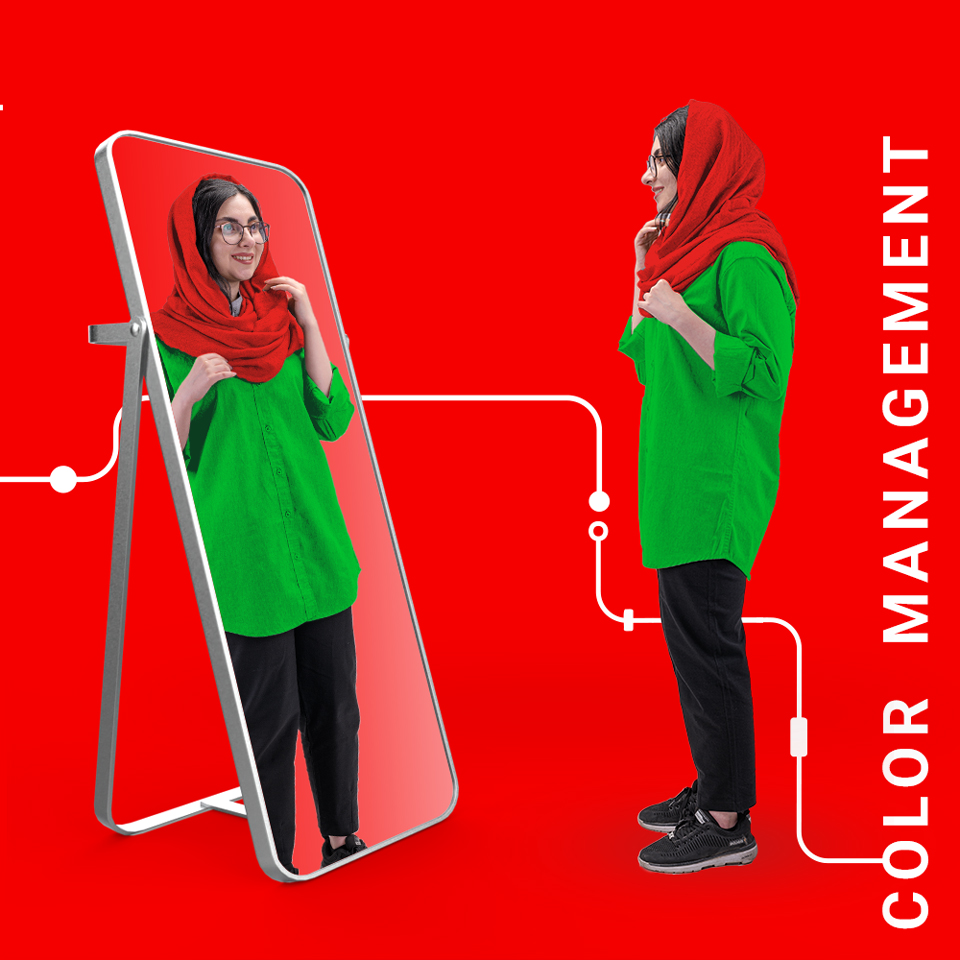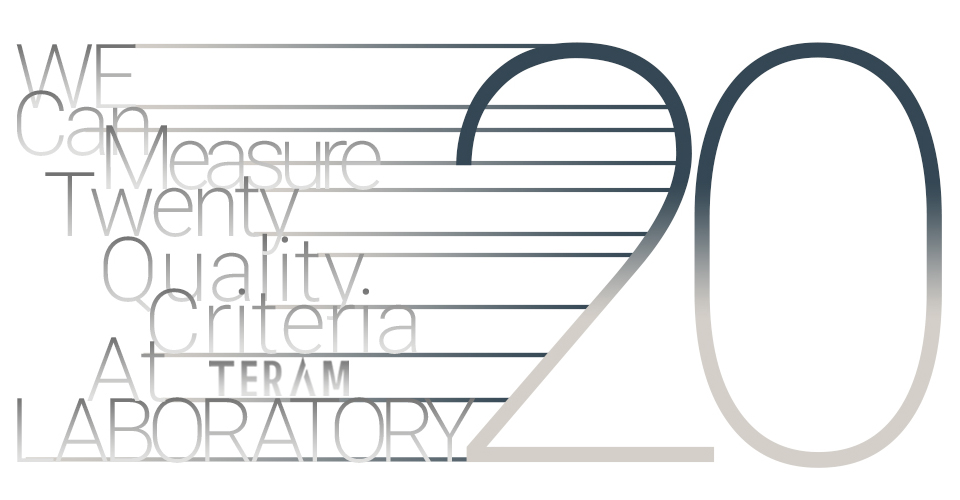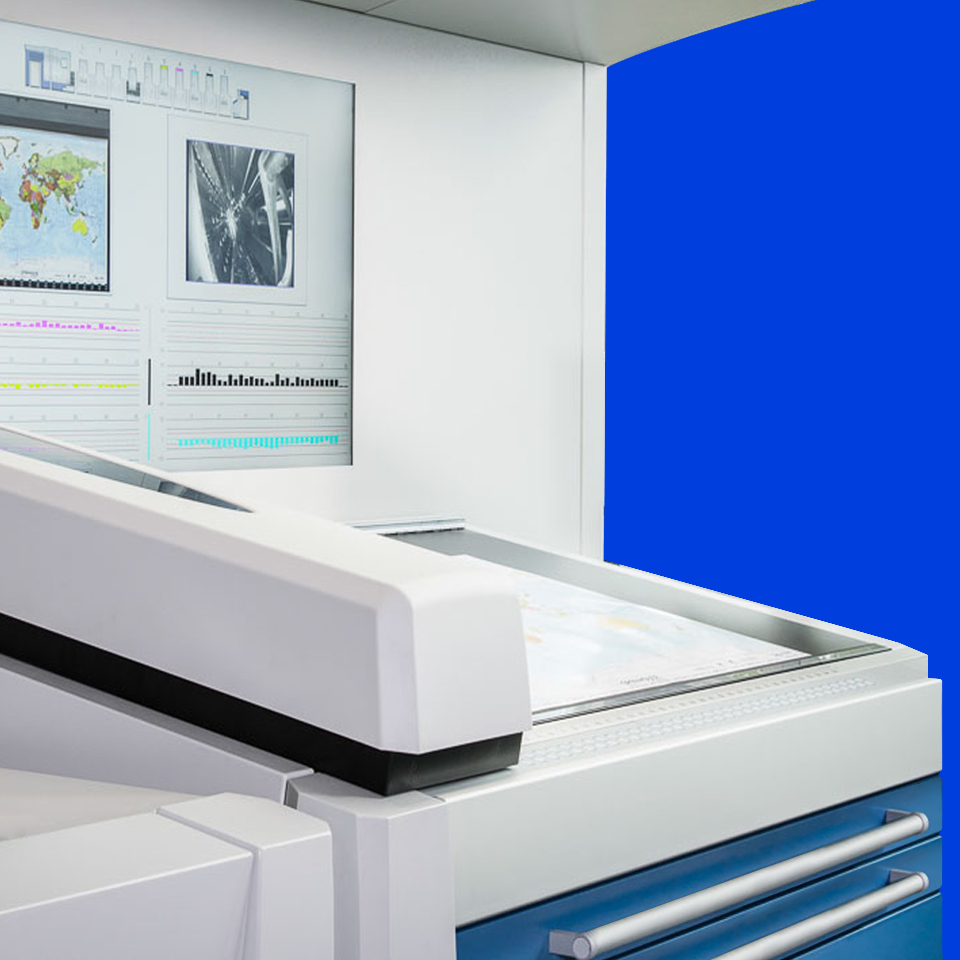مشکل تغییر رنگ در چاپ و بستهبندی
آیا تاکنون تجربهی انتخاب رنگی خاص بر روی جعبههای مقوایی و کارتنهای لمینیتی را داشتهاید که پس از چاپ متوجه شده باشید با رنگ دلخواهتان اختلاف دارد و به درخشندگی رنگی که انتظارش را داشتهاید، نباشد؟
بسیاری از صاحبان کسب و کارها علیرغم هزینهای که برای تولید جعبه های مقوایی متمایز و با کیفیت میکنند همواره با این مشکل روبهرو هستند و بستهبندی محصولات آنها نمیتواند نقش خود را به خوبی ایفا کند.
مشکل تغییر رنگ در چاپ و چند رنگی در شیتهای مختلف چاپی دلایل متفاوتی میتواند داشته باشد و مدیریت و یکپارچه سازی آن یکی از چالشهای بزرگ چاپخانهها در ایران است. تغییر در نوع کاغذ و مقوا، ضعف در کالیبره شدن دستگاه با مانیتور و استفاده از دستگاههای قدیمی تنها چند مورد از دلایلی است که میتواند منجر به چند رنگی و عدم انطباق رنگ شیتهای چاپ شده با رنگ مطلوب مشتریان شود و کنترل این عوامل، فرآیندی سخت، پر هزینه و پیچیده است.
ما این مشکل را در جهت ارتقای رضایت مشتریان خود از طریق پیادهسازی مدیریت رنگ (Color management) حل کردهایم و توانستهایم کیفیتی از رنگ در چاپ را به آنها هدیه دهیم که انتظارش را دارند.


رنگها، قسمتی از هویت برند شما هستند؛ از آنها غافل نشوید
با در نظر داشتن حساسیت خریداران، داشتن بستهبندیای که منعکس کنندهی هویت برند و راهکاری جهت تفکیک محصول اصلی از کالای تقلبی باشد، از چالشهای تولیدکنندگانی است که بسته بندی را ابزاری کارآمد جهت تبلیغات برند خود در بازار رقابتی کنونی میبینند.
در این میان، استفاده از رنگی تکرارپذیر و باثبات در بستهبندی که منطبق بر هویت بصری برند مشتریان باشد، راهکاری مناسب جهت ارتقای جایگاه برند محصول در بازار و فروشگاهها است، که با توجه به نیاز به تجهیزات و دانش لازم و کافی در مدیریت رنگ، پیادهسازی آن توسط بیشتر تولیدکنندگان بستهبندی ممکن نیست.
ترام با بهرهگیری از دانش و فناوری نوین مدیریت رنگ خود توانسته دغدغهی کیفیت رنگ بستهبندی مقوایی و کارتنهای لمینیتی مشتریان خود را برطرف کند.
دلایل اهمیت مدیریت رنگ در چاپ و بستهبندی


مشتریان ما برترین برندها هستند
مشتریان ما، تولیدکنندگان صنایع مختلفی هستند که به اهمیت داشتن رنگی یکنواخت و تکرارپذیر در سفارشات خود واقفند و حفظ اصالت برند خود را در گرو راهکارهای ابتکاری کپی ناپذیری محصولات خود میدانند.
برای آشنایی با برندهای برتری که به ما اعتماد کردهاند، کاتالوگ جنرال ترام را دریافت نمایید.
مدیریت رنگ در ترام؛ تکرار رنگها در سفارشات متعدد
برای اینکه بتوانیم خروجی مطلوب مشتریان را در چاپ محقق کنیم، ابتدا باید ورودیها را تحت کنترل در بیاوریم. تکنولوژی مدیریت رنگ ترام که برگرفته از استاندارد ISO 12647-2 است، توانسته فرآیندهای مرتبط با مدیریت رنگها را تحت کنترل خود درآورد. به کمک این تکنولوژی بینظیر، دیگر نیاز نیست که نگران تولید رنگ مطلوبتان و تکرار آن در سفارشات دیگر باشید. ما میتوانیم فایل چاپی شما را استاندارد کرده و از آن به عنوان نمونهی شاهد و مورد تأییدتان در سفارشات بعدی استفاده کنیم.
از دیگر مزیتهای سیستم مدیریت رنگ این است که کمتر نیاز به حضور ناظر چاپ حین تولید از طرف مشتری می باشد و مشتریان ما ضمن صرفه جویی در وقت خود، خیالشان از جهت تولید جعبههایی با کیفیت و داشتن رنگی دلخواه و یکسان در سفارشات متعدد آسوده است.


برای مدیریت عوامل مؤثر بر کیفیت بستهبندی، آنها را ابتدا اندازه میگیریم
آنچه ما را از سایر رقبایمان متمایز کرده است، توجه ویژهی ما به جزئیات بسته بندی و برازندگی جعبههای مقوایی است. ما توانستهایم با کنترل کیفی دقیق خود، شاخصهای کیفی مد نظر مشتریان را در آزمایشگاه کنترل کیفیت بصورت عددی اندازه گیری و به آنها اعلام نماییم.
دانش و هنر در هم آمیختن رنگها در استودیو طراحی ترام
کارشناسان و متخصصان ما در استودیو طراحی ترام، به دلیل دارا بودن دانش شناخت ماهیت رنگها، امکان همجواری آنها، تنوع جنس مرکبها و شناخت صحیح گاموتهای رنگ، در کنار سایر تجهیزات و فناوریهای سختافزاری و نرمافزاری مدیریت رنگ، کمک شایانی به پیادهسازی رنگ مطلوب مشتریان بر روی انواع جعبه مقوایی و کارتن لمینیتی میکنند.
ابزار مدیریت رنگ در ترام
«ارگوترونیک» سیستم هوشمند و یکی از ابزارهای مدیریت و کنترل رنگ در ترام است که عملیات مدیریت رنگ در چاپ را به صورتى کاملاً خودکار کنترل مىکند، به نحوى که در هر لحظه از صحت عملیات چاپ اطمینان حاصل مىکند و نگرانی مشتریان را بابت ایراد چند رنگی و عدم ثبات رنگ در شیتهای چاپی برطرف مینماید.
تمامی تجهیزات جدید چاپ گروه ترام مجهز به تکنولوژی ACR یا Automatic Camera Register است، که از چشم خطاناپذیر ماشینی استفاده میکنند چرا که چشم انسان با همهی پیچیدگی در مورد مفاهیم کنترلى مىتواند خطاهاى تکراری و متفاوتى را مرتکب شود که در مورد کنترل رنگ حین چاپ نیز مصداق دارد. حتی اگر چشم اپراتور قادر به تشخیص مغایرت رنگ شود، به دلیل نیاز به تنظیم مجدد، بهرهوری کاهش و ضایعات حین چاپ افزایش میشود که این موضوع میتواند بهای تمام شده بستهبندی را افزایش دهد.


بستهبندی مزین به افکتها و کوتینگهای خاص را از ترام بخواهید
ما برای ارتقای کیفیت و جلوهی بصری بسته بندی محصولات شما علاوه بر مدیریت رنگ و داشتن رنگهای زیبا و با ثبات، پیشنهادات ویژهای داریم که میتواند برگ برندهی محصولات شما در میان سایر کالاهای مشابه در بازار شود.
کوتینگها و افکتهای خاص و چشمنواز قابل ارائه در ترام در کنار بکارگیری رنگهایی به درخشش و اصالت برندتان، میتواند جعبههای محصولات شما را در ذهن خریداران ماندگار کند. ما براساس مهندسی ارزش محصول شما، راهکارهای ارتقای کارایی بستهبندی و افکتهای چاپی که بتواند جعبه مقوایی و کارتن لمینیتی شما را متمایز و ممتاز کند، به شما پیشنهاد میدهیم و با دستگاههای چاپ اینلاین بهروز و پیشرفتهی خود، آنها را بر روی بستهبندی محصولاتتان به بهترین شکل ممکن، پیادهسازی میکنیم.




